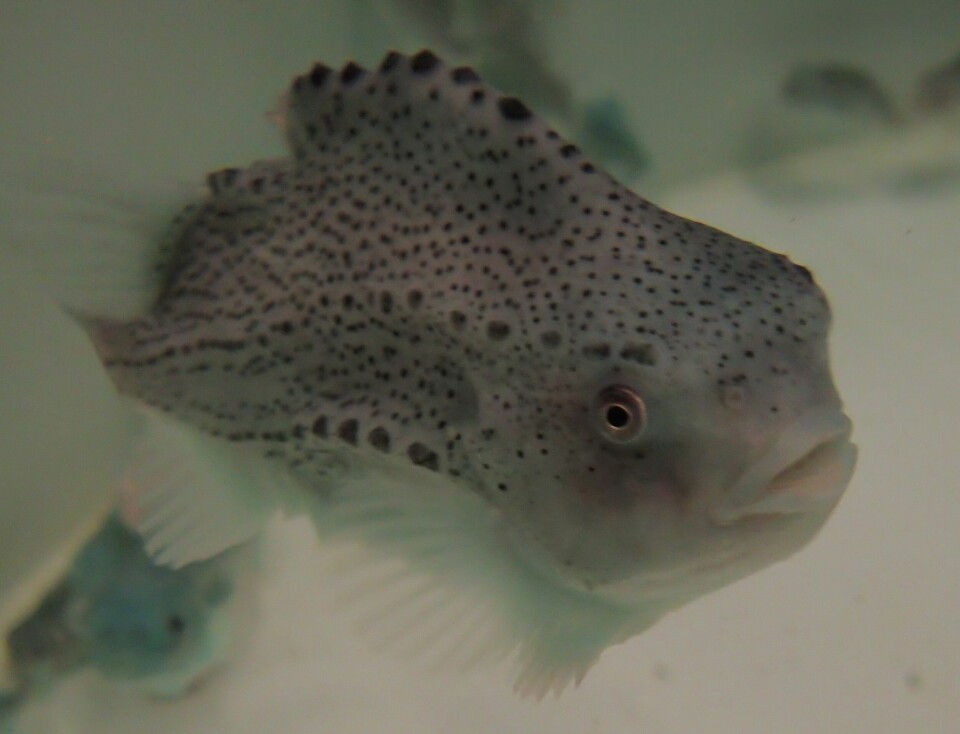
Cleanerfish combination concerns
Recent studies suggest that using a combination of goldsinny wrasse and lumpfish as cleanerfish in salmon cages may not be advisable.
During all three studies, which were led by Patrick Reynolds, from Norway’s Gildeskål Forskningsstasjon (GIFAS), lumpfish were observed chasing goldsinny away from available food and were in some instances observed biting the caudal fins of goldsinny.
As Dr Reynolds explains to Fish Farming Expert: “When excess food was available, lumpfish would maintain position close to the excess food, thus preventing goldsinny access to it. The different levels of aggression observed between lumpfish and goldsinny would indicate that smaller lumpfish may be able to cohabit with goldsinny. However, if the behaviour is entirely size dependant then at some point if stocked together, lumpfish would become much larger than goldsinny due to their superior growth rates, particularly at lower water temperatures, and the antagonistic feeding behaviour may increase as lumpfish weight increases.”
He also notes that goldsinny exhibited aggression towards each other during all three studies – potentially due to the influence of the lumpfish.
“The higher level of aggression observed between goldsinny during study 1 may be a direct result of aggression from lumpfish, causing goldsinny to aggressively compete between each other for any available food the lumpfish were not monopolising,” he reflects.
As a result, he believes the two are poorly suited to be used in combination as cleanerfish.
“The size dependent levels of aggression observed between lumpfish and goldsinny would indicate that smaller lumpfish may be able to cohabit with goldsinny. However, if the behaviour is entirely size dependent then at some point if stocked together, lumpfish would become much larger than goldsinny due to their superior growth rates, particularly at lower water temperatures. This may cause an increase in antagonistic feeding behaviour as fish weight increases,” he argues.
Consequently, he continues: “The use of these two species coexisting in salmon cages may be disadvantageous. The aggression exhibited by lumpfish towards goldsinny may have been as a direct result of size, and larger wrasse species such as ballan wrasse may be more suitable for use with lumpfish.”
Nevertheless, he adds that matters could be very different in the field, pointing out: “The present trial was performed in 1.5 m3 land-based tanks and behaviour may be different in large open-net pens with Atlantic salmon where it is easier for the species to avoid behavioural interactions.”
The full results of these studies are published in issue # 6 of Fish Farming Expert magazine.




















































